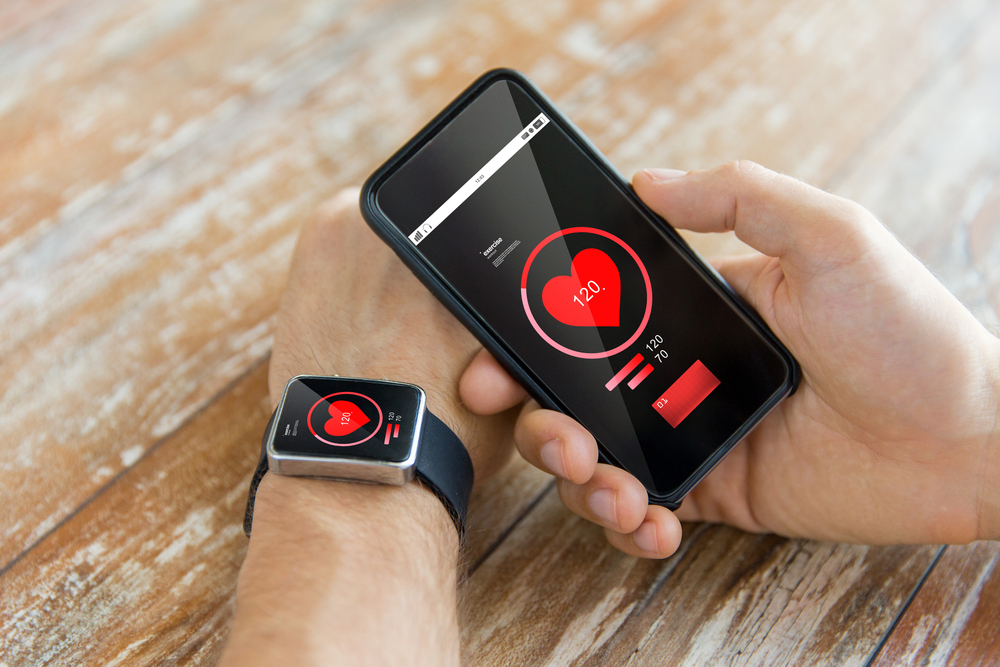Part of what makes strokes so devastating is how they seem to happen suddenly. One minute everything is fine. Then a clot forms, travels up to the brain and you can instantly lose sight, speech and strength.
Sometimes the symptoms can be so bad that you can no longer care for yourself and you may end up in a nursing home, a move that is devastating to families and communities.
As a physician who performs procedures to remove large blood clots at a major urban hospital with more than 1,000 stroke patients per year, I regularly share the patients’ frustration at how sudden and unexpected strokes can be.
One common, under-recognized yet treatable cause for stroke is a heart rhythm problem caused by atrial fibrillation. According to the Centers for Disease Control, atrial fibrillation is not only the most common sustained heart rhythm problem affecting nearly 6 million people in the U.S. but is associated with a fivefold increased risk of stroke.
Heartline, a new study funded by Johnson & Johnson in connection with Apple, aims to enroll 150,000 people over the age of 65 who can download the app on their Apple watches or iPhones and use it over two years in order to validate the device’s ability to detect atrial fibrillation.
If researchers find the app effective, this wearable device could be the most accessible, noninvasive and potentially highly effective way to diagnose one of the most common causes for stroke.
I have recently taken care of three patients with atrial fibrillation where the diagnosis was made specifically after their Apple watch alerted them to see a cardiologist.
In this condition, one of the four heart chambers no longer pumps blood efficiently, leading to pooling of blood and clot formation. These are the clots that ultimately travel upward and injure the brain by blocking blood flow. This rhythm problem can occur randomly and is notoriously difficult to detect.
Fortunately, if diagnosed, very effective treatments exist not only to potentially reverse the rhythm disturbance but also prevent blood clots from forming. Blood-thinning medications can substantially reduce the risk of stroke depending on the determination of a stroke specialist physician.
The main problem is the gap in early diagnosis. A 2016 University of California-San Diego study suggests 30% of patients don’t know they have atrial fibrillation until a stroke or heart attack.
In my experience, that number is probably higher.
Although multiple devices are available to help detect atrial fibrillation, currently available options are all either too bulky, invasive or can only monitor for a short period of time.
For instance, a Holter monitor is a portable electrocardiogram machine that patients need to wear on a belt or a shoulder strap to carry. A cardiac event recorder is similar, but requires pushing a button when experiencing symptoms. Insertable cardiac monitors require surgical implantation.
Smartwatches have special sensors that can continuously record a tracing of your heart’s electrical signature (electrocardiogram or ECG) and alert you if it detects an irregular rhythm.
This is still a new technology, with its fair share of possible shortcomings. It may be susceptible to false positives. Notifications don’t always lead to the appropriate behavior changes. There is also the cost of hundreds of dollars for the watch or an iPhone.
- Space Force launches billion-dollar satellite to detect missile…
- Bush says two-state solution ‘very difficult’ at this stage of…
Using smartwatches to screen for atrial fibrillation will need several iterations and improvements along with the incorporation of artificial intelligence and deep learning. But because of its accessibility, smartwatches may be the best option currently available to fill the large diagnostic gap.
So many stroke patients I care for a report they didn’t know they had atrial fibrillation. If just a fraction of these people with undiagnosed atrial fibrillation became aware of the condition and were treated earlier with medications, thousands of people could prevent a stroke from happening, which many regards as a fate worse than death.
Michael Chen, M.D., is a professor of neurology, neurosurgery and radiology at Rush University Medical Center. He is vice president of the Society of NeuroInterventional Surgery and commissioning editor for the Journal of NeuroInterventional Surgery.
https://thehill.com/opinion/healthcare/487176-watch-it-are-wearables-the-early-warning-solution-for-strokes
By Michael Chen, Opinion Contributor — 03/12/20
